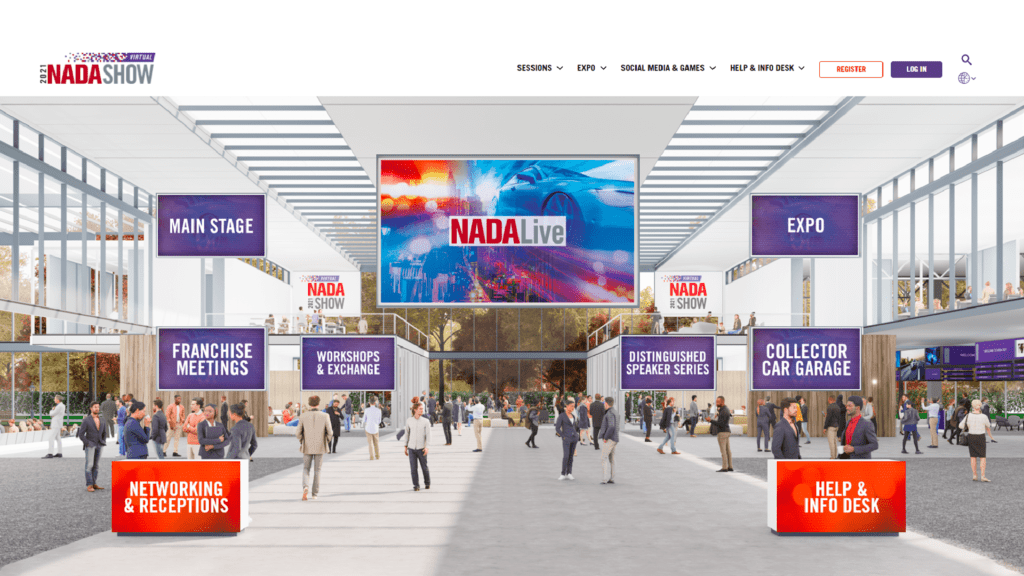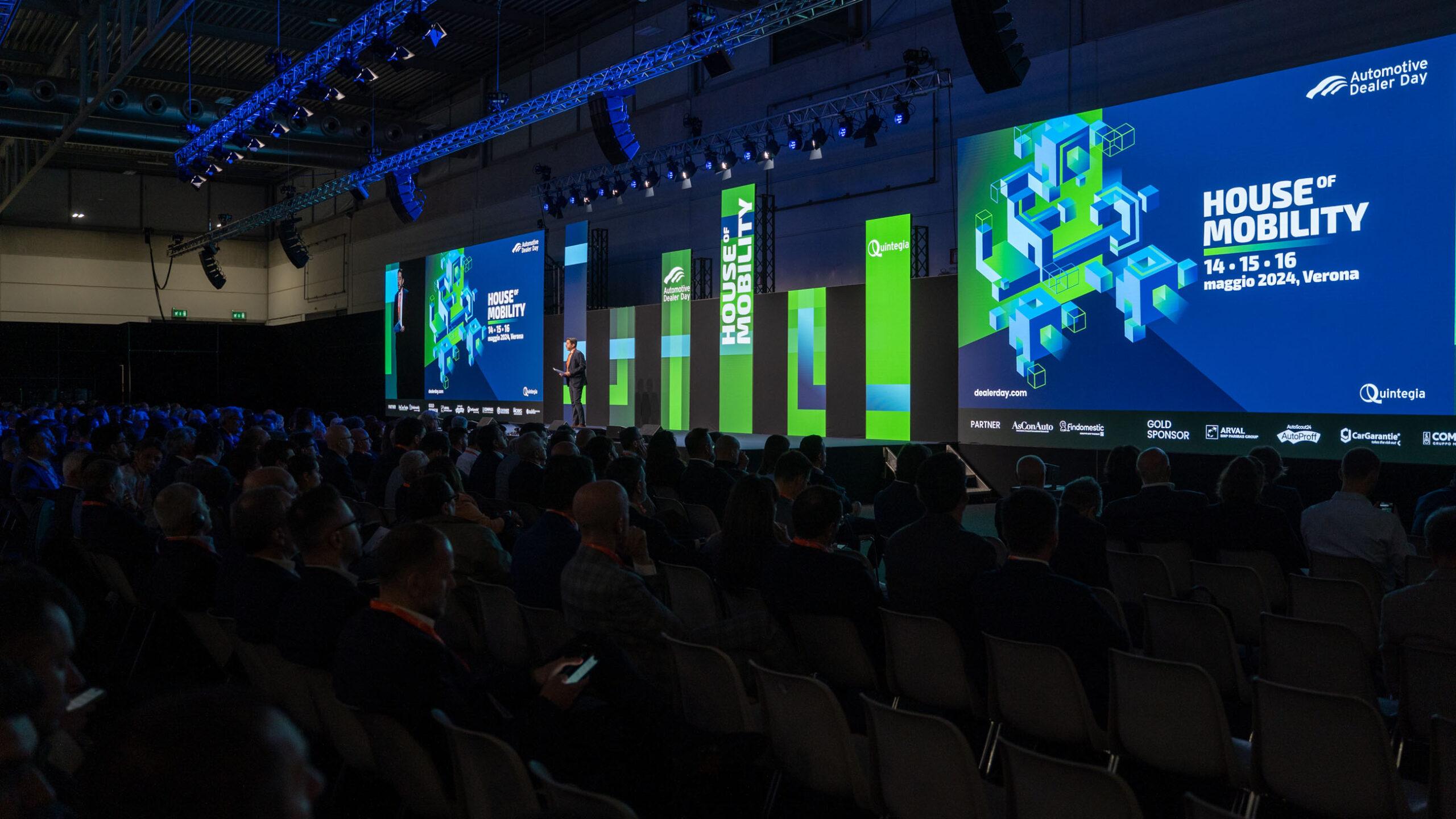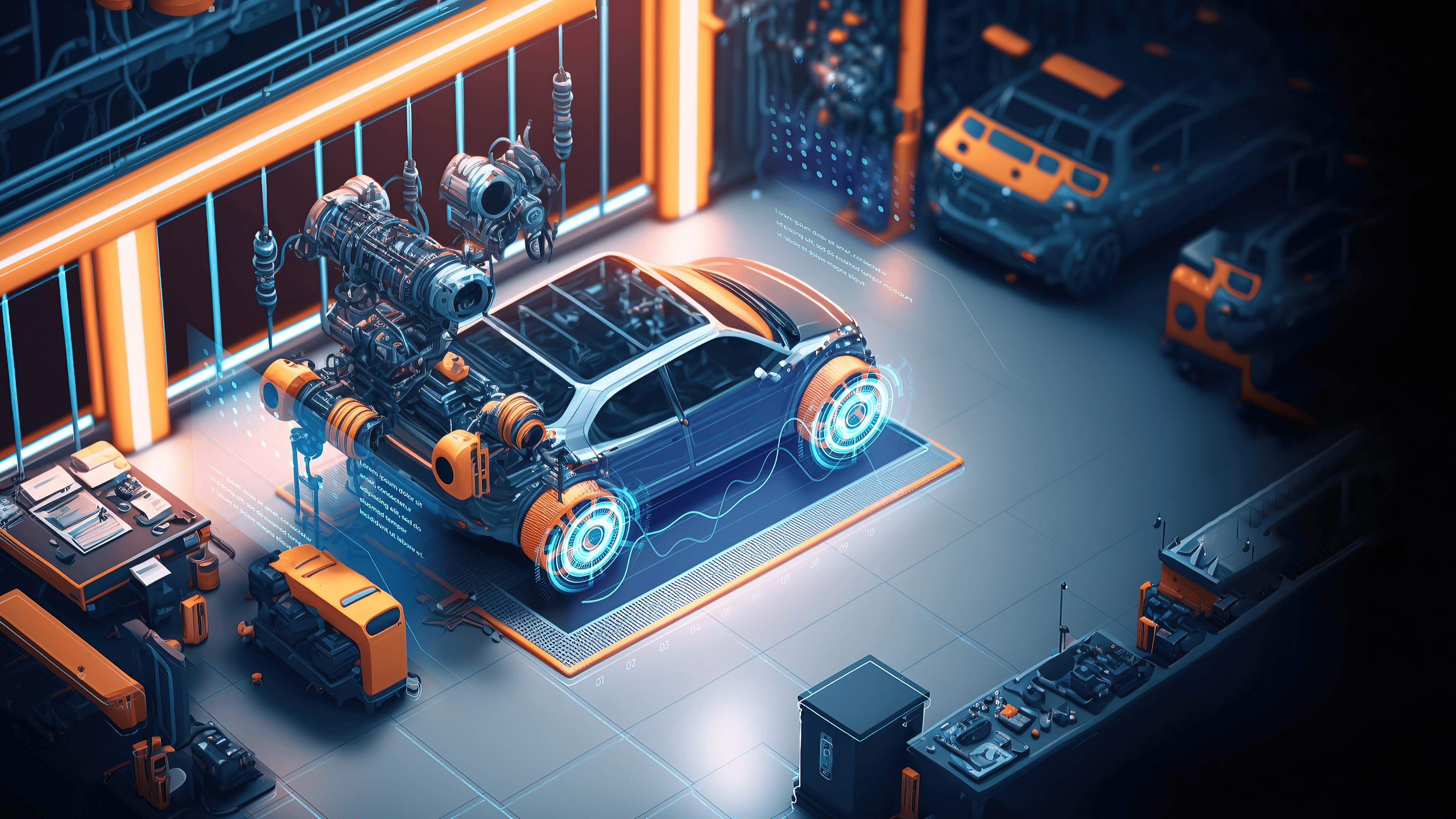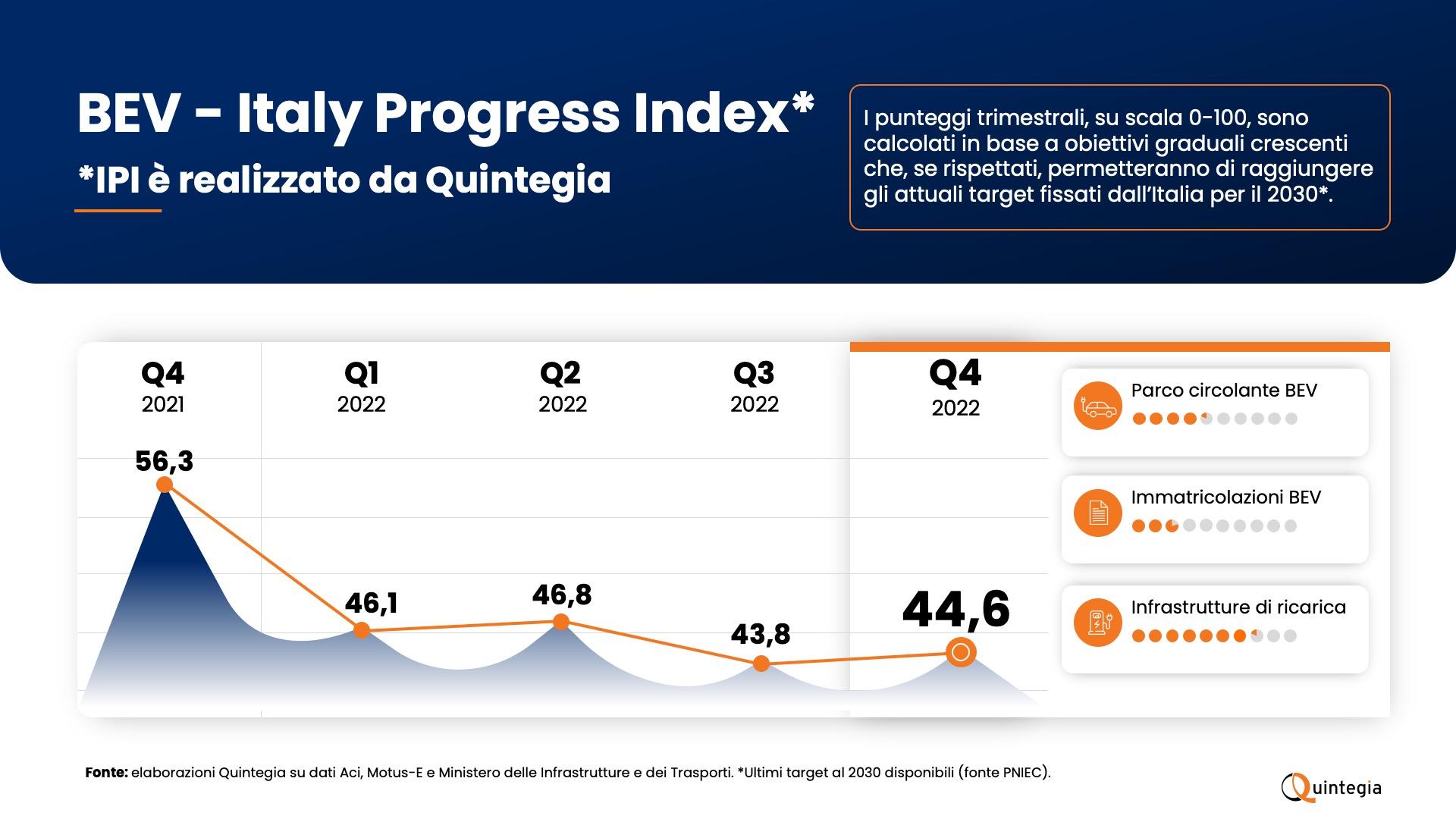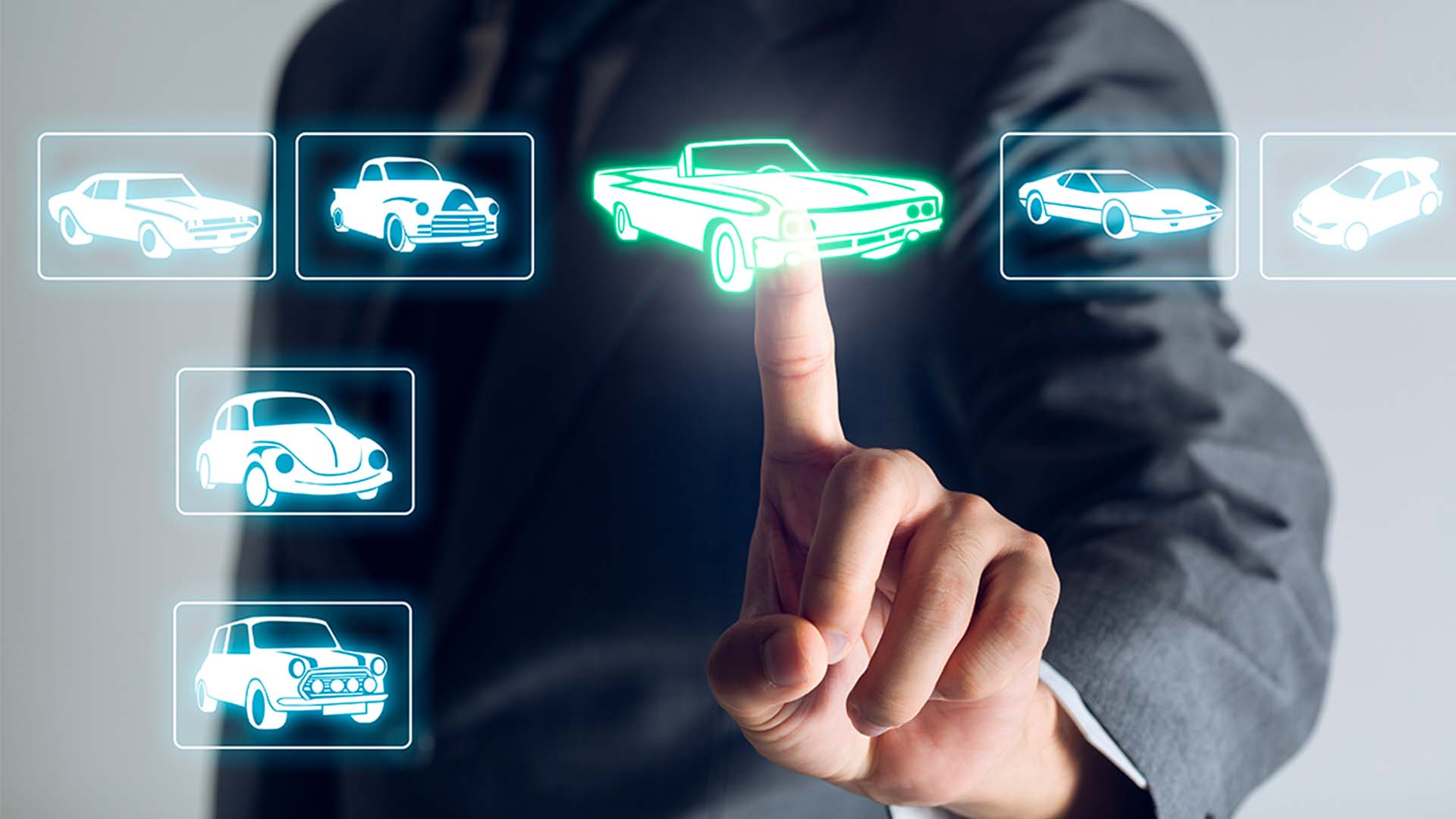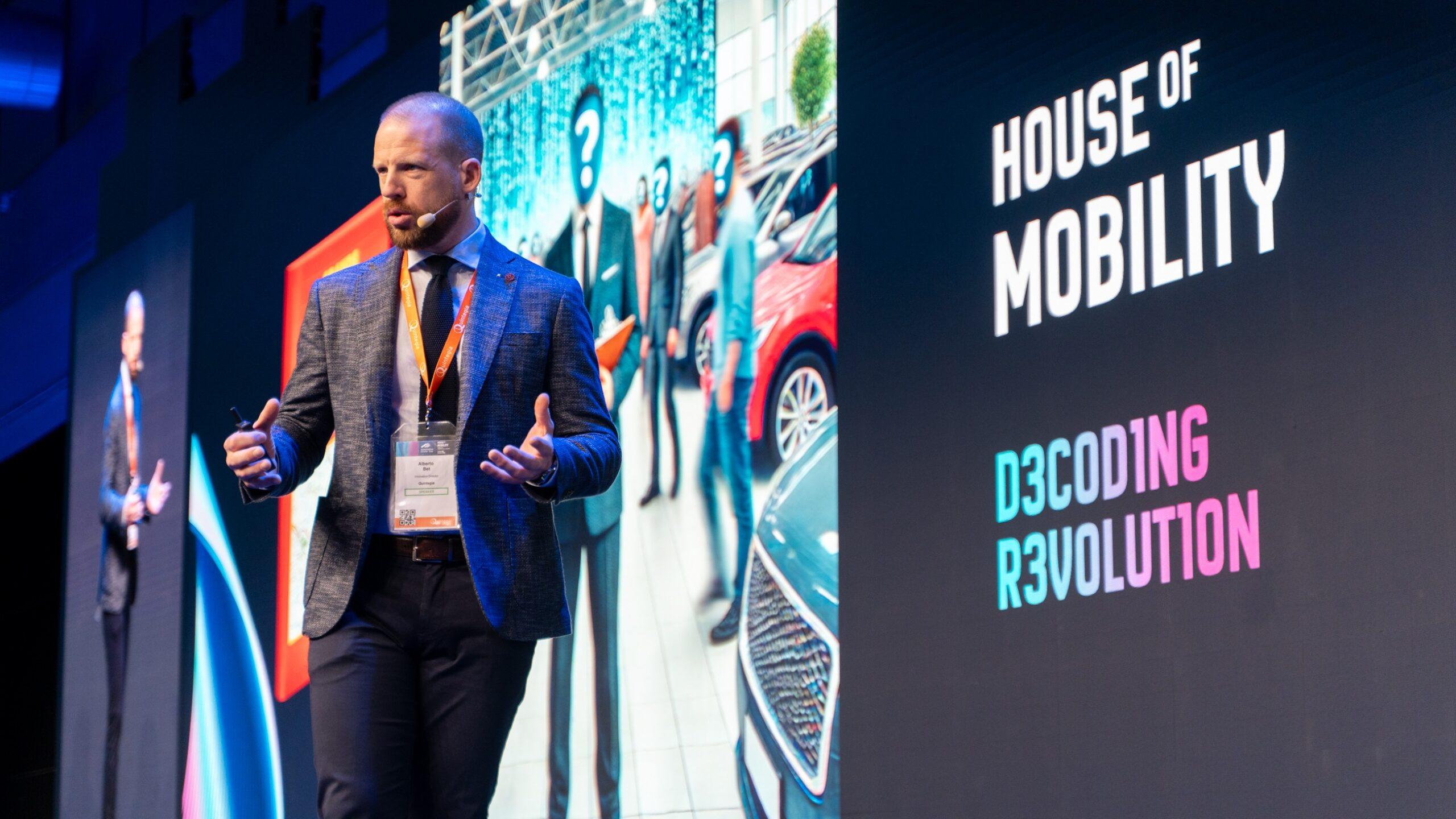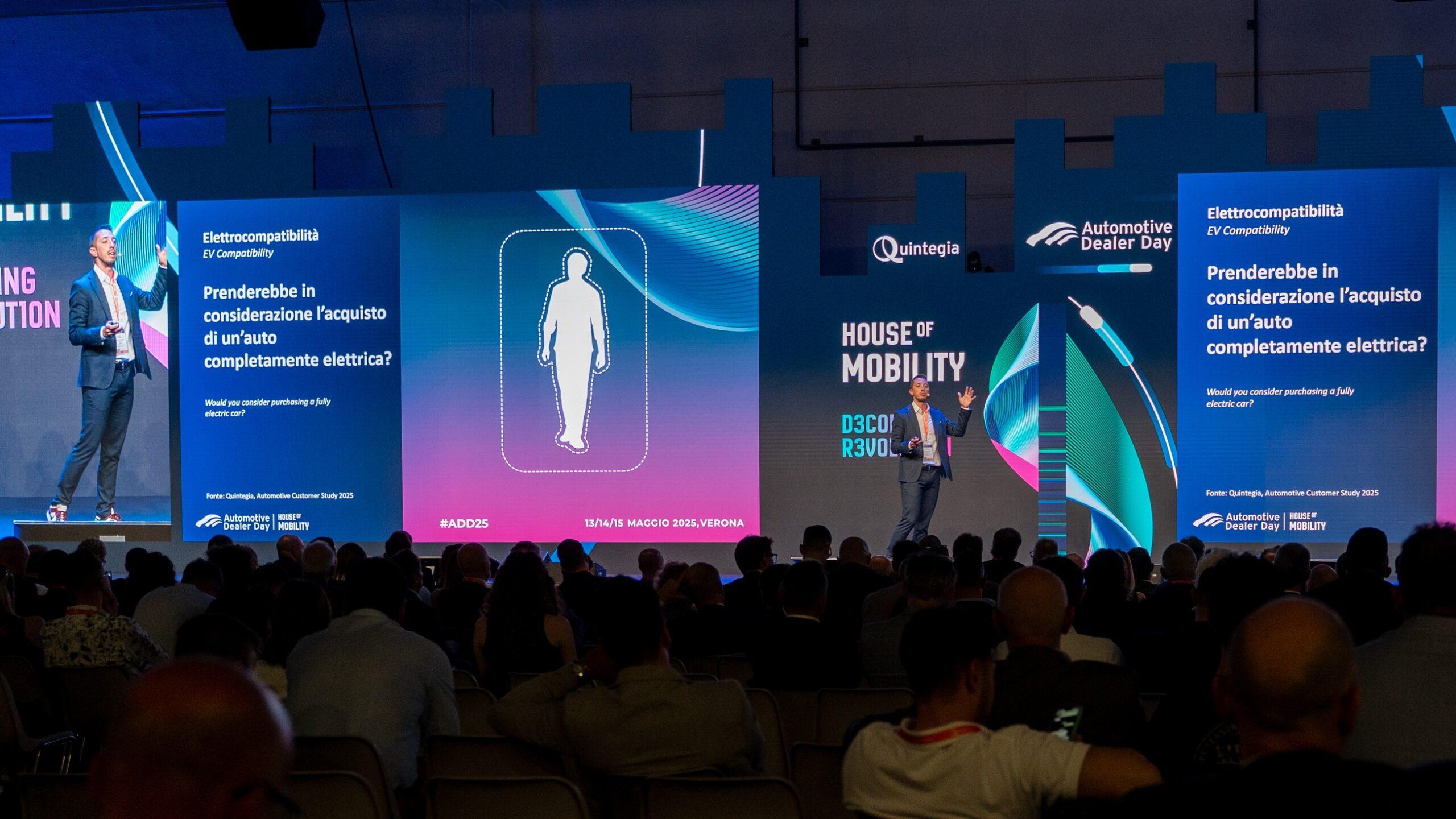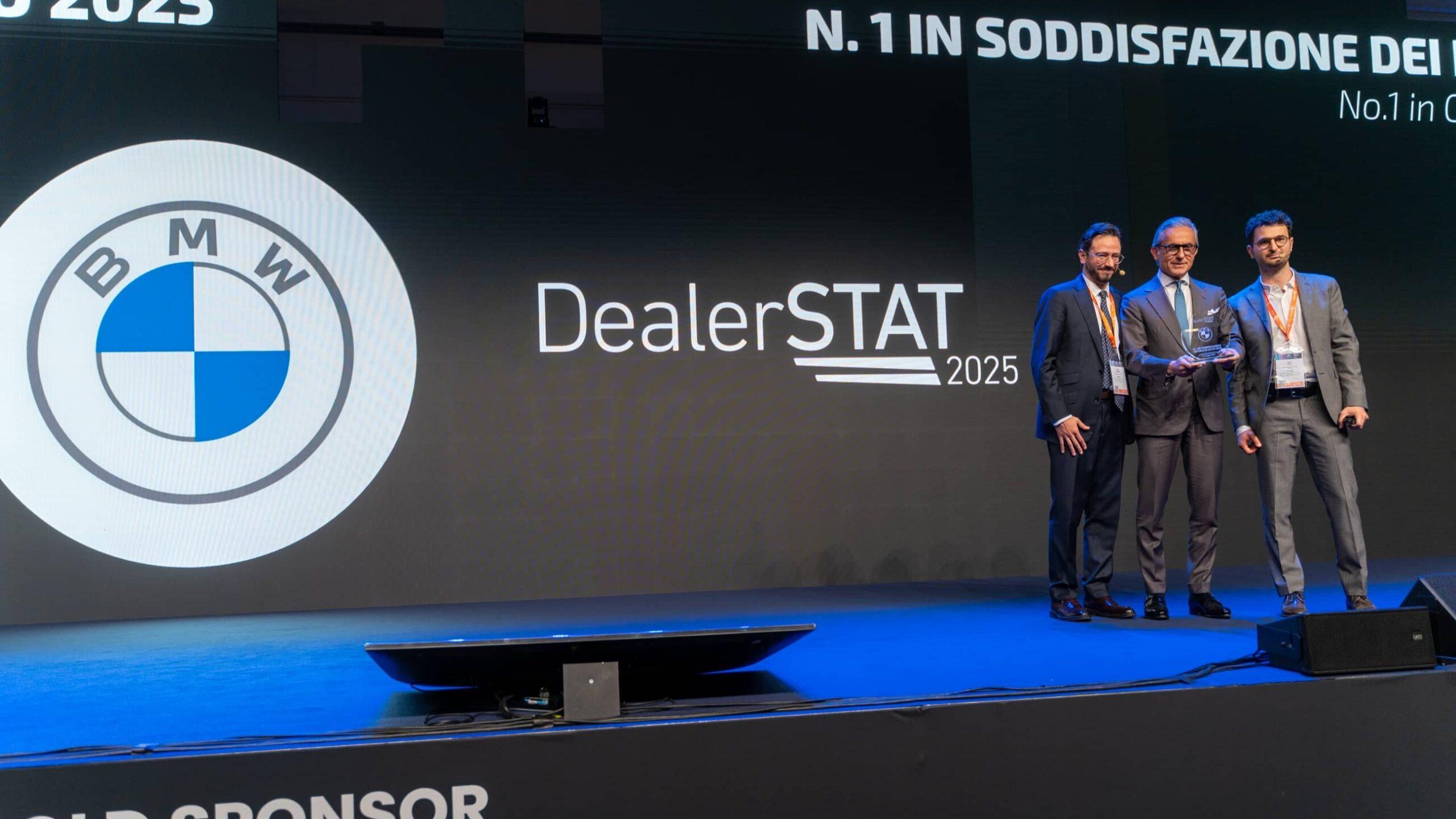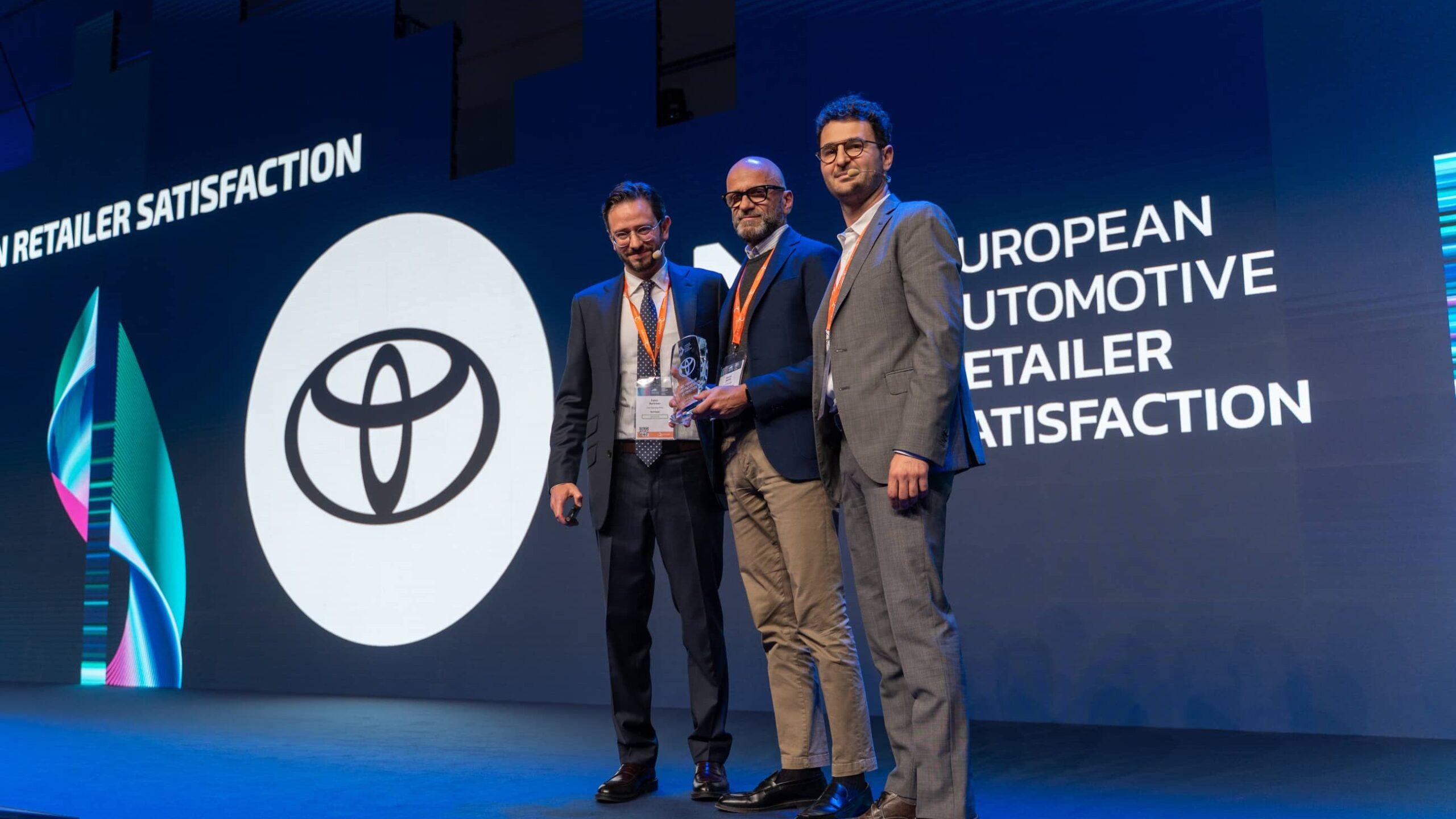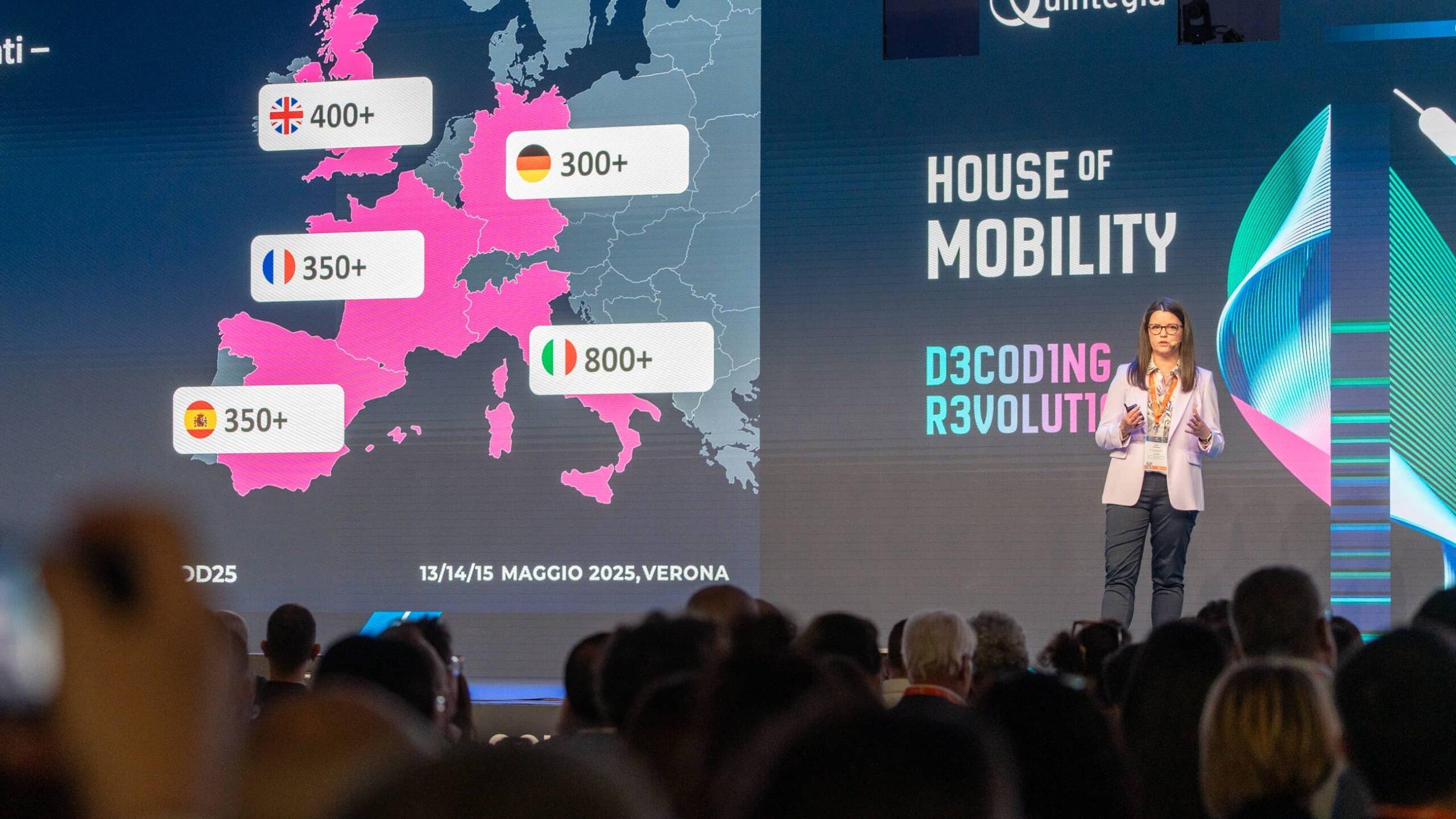The 3-day NADA SHOW 2021 event has concluded. This year, the renowned U.S. convention had to adapt to a new digital format, providing participants with a “unique experience”, as stated by Chairman Rhett Ricart. The online format was integrated directly into dealerships, allowing participants to attend live sessions and delve into on-demand content. During the convention, the automotive sector, affected by the health emergency, was highlighted as it rapidly adapted to the consequences of change by adopting digital tools and processes to provide a complete customer journey to its customers.
The situation we found ourselves in over the past year forced an evolution of the traditional sales approach in the U.S. automotive industry, pushing for digitization in various stages of car purchasing and greater integration between sales and marketing.
The acceleration in the sector is evident from the fact that in March 2020, 10% of cars were purchased online, compared to 1% in the same month in 2018, with a projected growth of up to 25% by 2025, as shown by Lisette Gole of Google. A practical example is Paragon Honda, which delivered 775 vehicles sold in May despite showroom closures.
Consumers are increasingly inclined towards digital purchases, with 63% of them considering buying their next car online, while 73% would like to negotiate, purchase, lease, or finance a car online.
Remote sales were gaining ground even before the pandemic, but afterward, it became imperative to adapt to this approach, shifting the buying experience from the showroom to the living room: the customer begins the process at home, continues with online research, and concludes the purchase at the dealership. On average, customers spend 17 hours in the first two phases and 3.5 hours at the dealership, as Joe St. John of AutoFi explained.
We can see an accelerated trend in the integration of digital marketing into dealership business strategies to enhance the customer experience by engaging with customers through new contact methods based on the target audience (e.g. Facebook, YouTube, Instagram, more text messages than calls) and creating engaging content (e.g. increased use of video, adoption of SEO techniques).
The implementation of digital tools also requires proper utilization by internal staff, a crucial element for the success of the business. Internal resources need to be engaged, motivated, and involved adequately for optimal customer engagement, resulting in increased sales and higher customer satisfaction. In fact, according to the 2019 Cox Automotive Automotive Consumer Experience study, sales staff are the main driver of buyer satisfaction, and two out of three consumers state that the experience is more important than price in the final purchasing decision.
For effective engagement of the sales force, it is important to focus on five key points: recognition, continuous training, seeking feedback, evolving digital strategies, and evaluating the tools used, as summarized by Chase Abbott of Cox Automotive Digital Retailing, VinSolutions, and Dealer.com.
These are just some of the insights and considerations that emerged during the NADA Show 2021, an important checkpoint for all players in the automotive industry to stimulate their strategic vision with insights on current trends and enhance their business with the insights discussed during the sessions.

